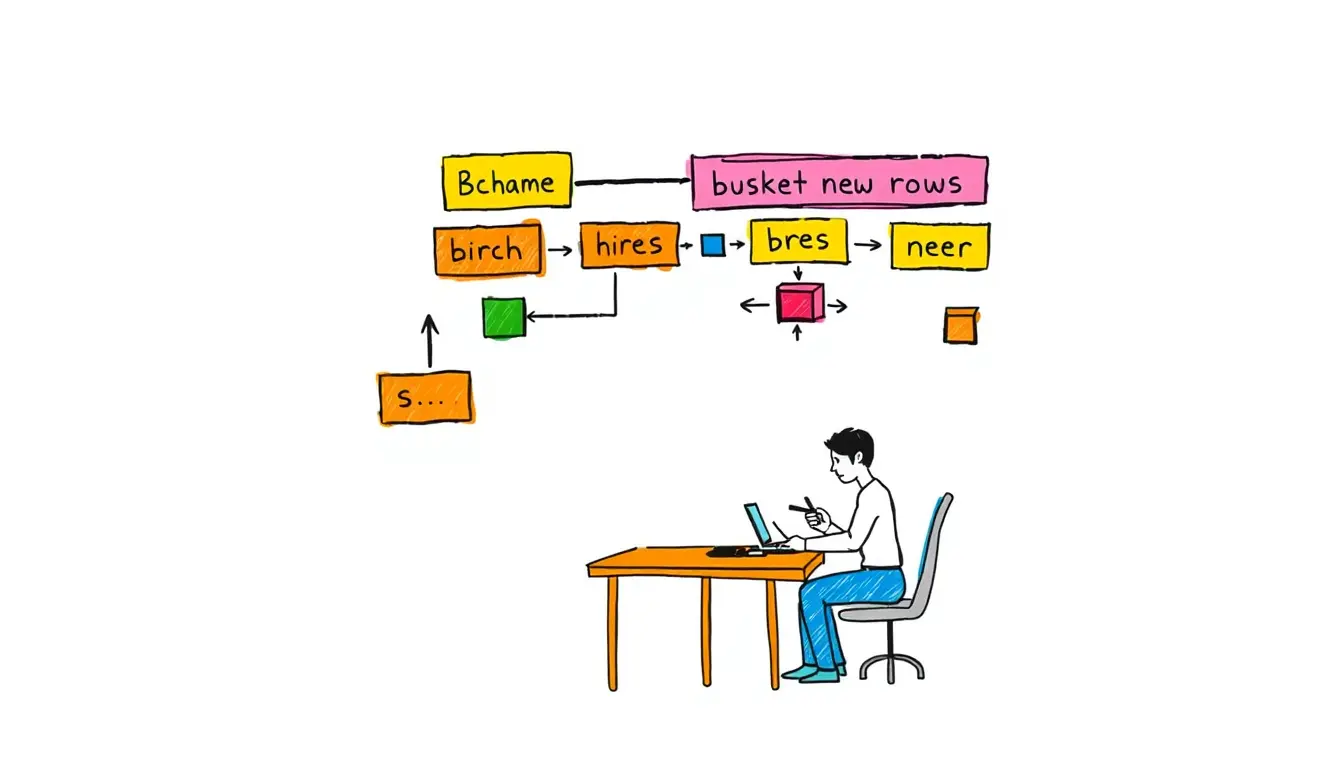Data Manipulation

10 Excel Skills Every Business Analyst Needs to Master
“Unlock the full potential of Excel with these must-have skills for every business analyst. From formulas to pivot tables, become an Excel expert today!” #Excel…

SQL INSERT – Add New Rows
Learn how to use SQL INSERT statement to easily add new rows to your database tables. Enhance your database management skills with our step-by-step guide.

Excel Date Part Functions – Get Components of Dates
“Mastering date part functions in Excel has never been easier! Learn how to extract specific components of dates with our step-by-step guide.”

SQL SUBQUERIES – Embed Inner Query within Main Query
Discover the power of SQL subqueries! Learn how to embed inner queries within main queries to enhance your data analysis and optimize your SQL skills.

Excel and SQL: How to Combine Two Powerful Tools for Better Data Management
“Discover how to level up your data management skills with this guide on combining Excel and SQL. Streamline your processes and make sense of your…

SQL OVER Clause – Add Calculations to Query Output
Learn how to enhance your SQL queries with the powerful OVER clause. Add calculations to your query output and take your data analysis to the…

Getting Database tables into Excel
“Master the art of exporting database tables to Excel like a pro! Our step-by-step guide will save you time and hassle. Don’t miss out, read…

SQL PIVOT/UNPIVOT – Transform Rows and Columns
Learn how to use the powerful SQL PIVOT/UNPIVOT functions to effortlessly transform rows and columns, optimizing your data manipulation. Master the technique now!

Mastering SQL String Functions: Transform and Format Text Like a Pro
Learn how to master SQL string functions to effortlessly format and transform text. Level up your SQL skills and improve your data manipulation.
Search
Latest Posts
Latest Comments
Categories
Archives
- December 2025 (6)
- November 2025 (30)
- October 2025 (31)
- September 2025 (30)
- August 2025 (31)
- July 2025 (32)
- June 2025 (30)
- May 2025 (31)
- April 2025 (30)
- March 2025 (31)
- February 2025 (28)
- January 2025 (31)
- December 2024 (31)
- November 2024 (30)
- October 2024 (31)
- September 2024 (171)
- August 2024 (17)






















